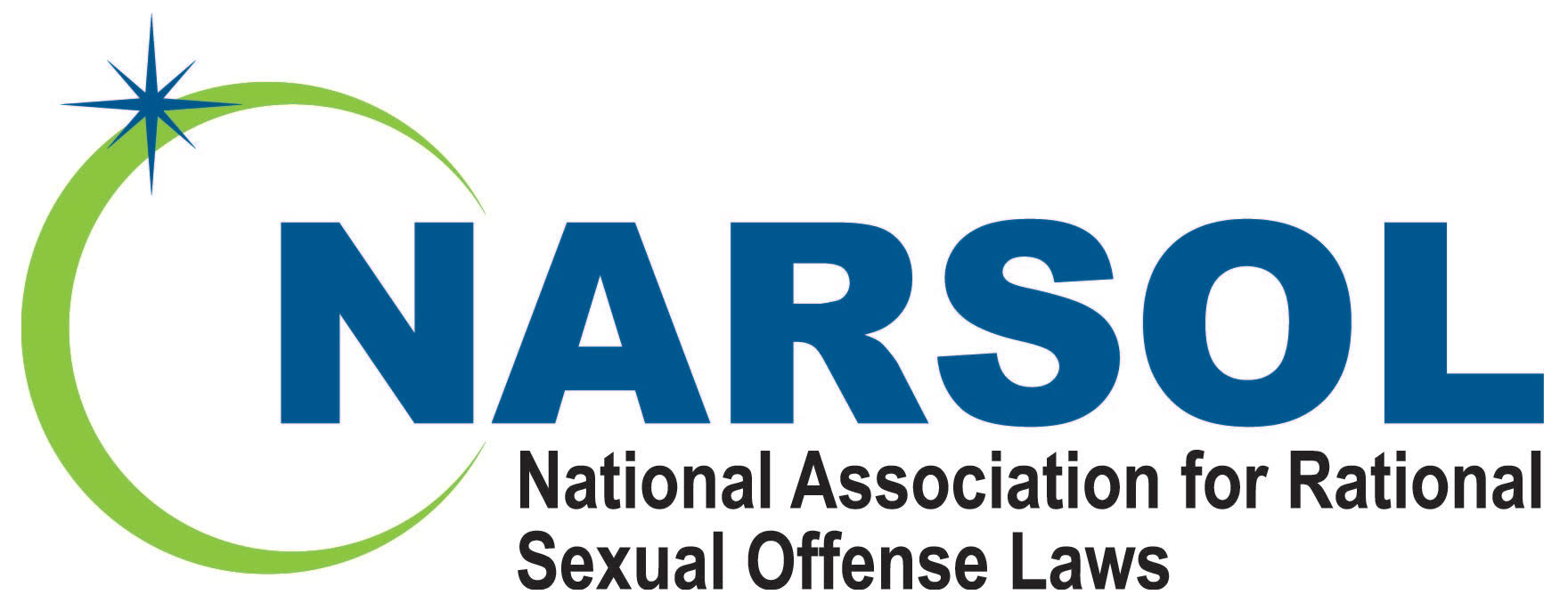NARSOL condemns civil commitment practices
By NARSOL . . . In view of recent developments in the case of Galen Baughman in Virginia, NARSOL restates its unequivocal opposition to the civil commitment process occurring in at least twenty states and in the federal system. Paul Shannon, NARSOL’s board chair, states, “NARSOL opposes the practice of civilly committing sexual offenders to a locked facility after they have completed serving their prison sentence. If in fact the offender has a mental disorder, he/she should be treated in the mental health system rather than incarcerated.”
Shannon’s remarks are in response to Virginia’s effort to designate Mr. Baughman a sexually violent predator (SVP), which would result in indefinite and possibly lifetime confinement. Shannon said, “Although NARSOL does not condone the violations of supervision established in Mr. Baughman’s case, we are deeply troubled by the effort to designate him as an SVP.”
NARSOL’s board of directors opposes the Attorney General’s petition for the following reasons:
- This is the second attempt to commit Mr. Baughman even though there has not been a subsequent “predicate” sexual offense, which means this effort should be barred by the doctrine of res judicata. The Attorney General is attempting to have a second bite at the apple since the first attempt to commit Mr. Baughman failed back in 2012.
- Baughman’s publicly available record reveals no history of violence. Violence is defined as, “The use of physical force so as to injure, abuse, damage, or destroy.” https://www.merriam-webster.com/dictionary/violence
- The Static-99 risk assessment tool which Virginia heavily relies on has a built-in bias against males with male victims.
- Despite the fact that the state of Virginia has been on notice since January 2012 that significant problems exist with their SVP commitment program, they have failed to take actions to improve the system. In fact, the Legislative Audit and Review Commission (JLARC), issued a 202-page report identifying significant issues in need of reform. The full report can be viewed at http://jlarc.virginia.gov/pdfs/reports/Rpt423.pdf
Some key issues identified by the JLARC Report are:
- Virginia’s switch to the Static-99 actuarial risk assessment instrument and score of “5” resulted in a 450 percent increase in the number of offenders eligible for civil commitment as sexually violent predators (SVP). (Chapter 1)
- Virginia’s actuarial risk assessment screening approach is flawed, in part because it does not allow qualified professionals to use their professional judgment to review certain high-risk offenders, including those who state their intent to reoffend. (Chapter 3)
- Virginia’s risk assessment process and civil commitment proceedings rely heavily on expert SVP evaluators. These evaluators find offenders to be SVPs at widely varying rates. (Chapter 4)
- Virginia’s risk assessment process does not provide enough flexibility and does not sufficiently use consensus to decide whether to proceed with the civil commitment process. (Chapter 4)
- Virginia’s civil commitment program will continue to grow over time. However, the rate of program growth can be reduced if certain program changes, such as those recommended, are made. (Chapter 9)
As stated above, NARSOL opposes the use of civil commitment as presently implemented after a person has completed his or her court-imposed sentence. But in view of the numerous deficiencies in Virginia’s present SVP commitment process identified by the JLARC report, NARSOL submits that the following steps, if taken by the Attorney General, would be a major improvement over present policy: (1) seek commitment only of those individuals who have actually engaged in physical violence and when a current risk assessment indicates a propensity for future violence clearly exists; (2) advocate for reforms, including reducing the heavy reliance on the Static-99; and (3) seek changes to the current system so there is more flexibility in deciding whether to proceed with the civil commitment process.
